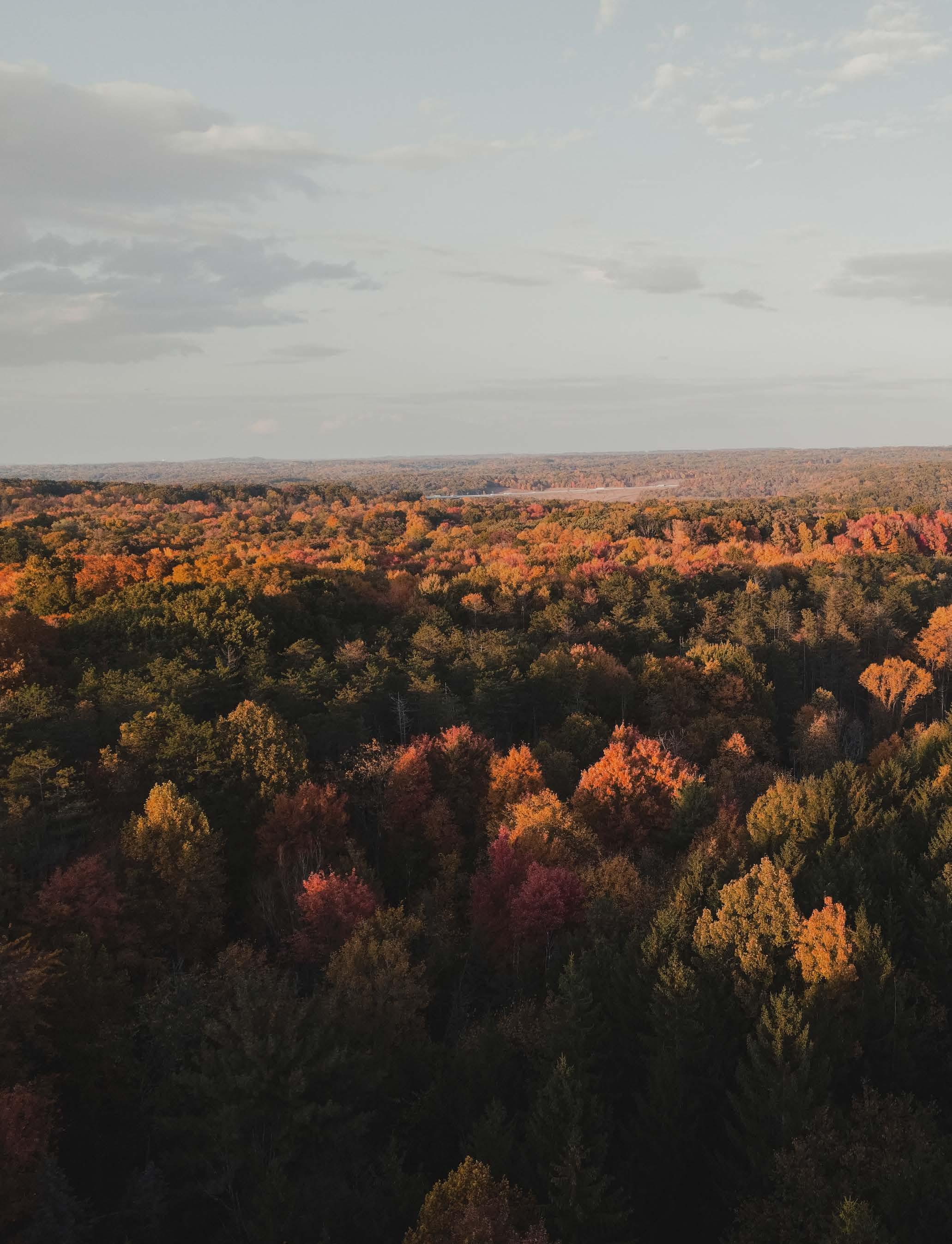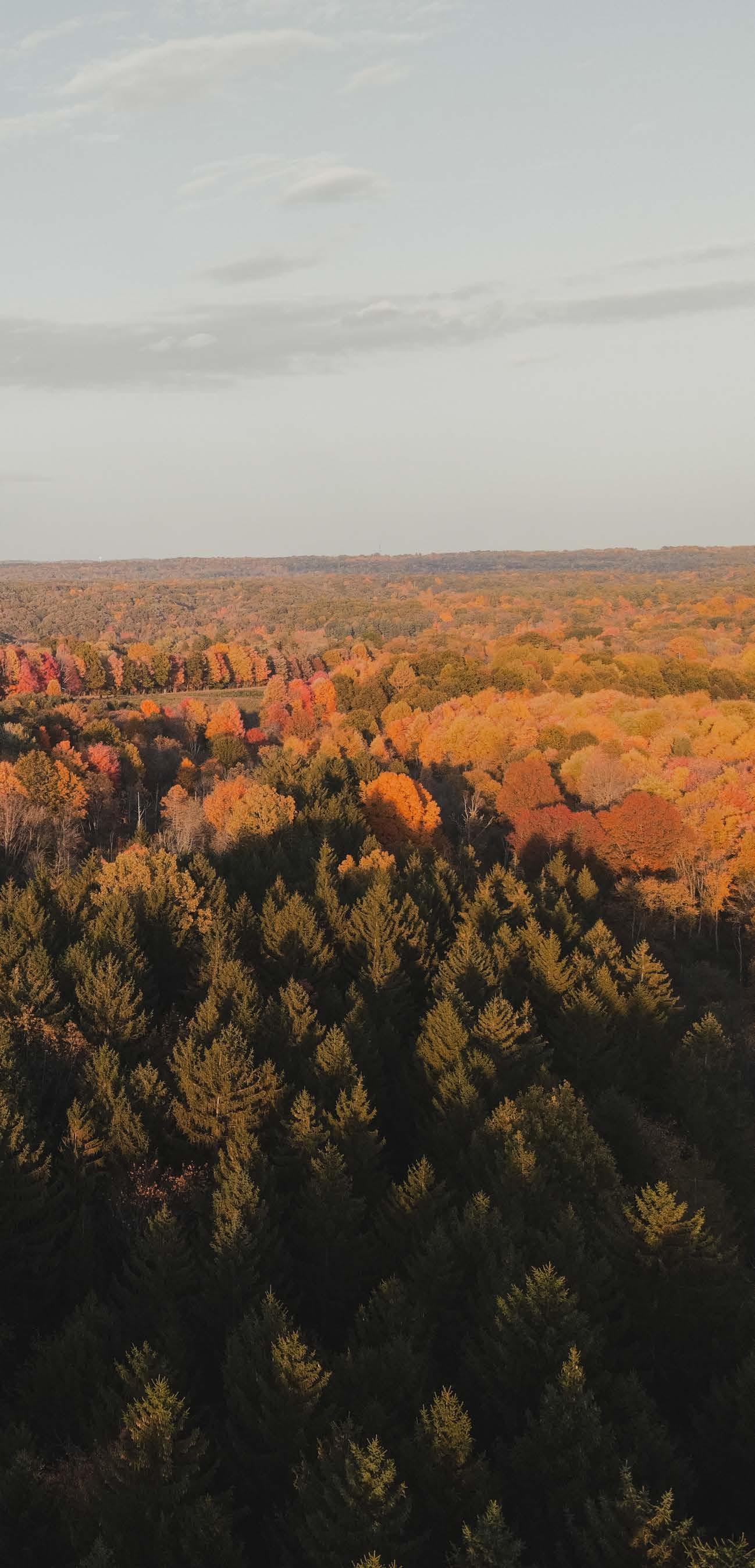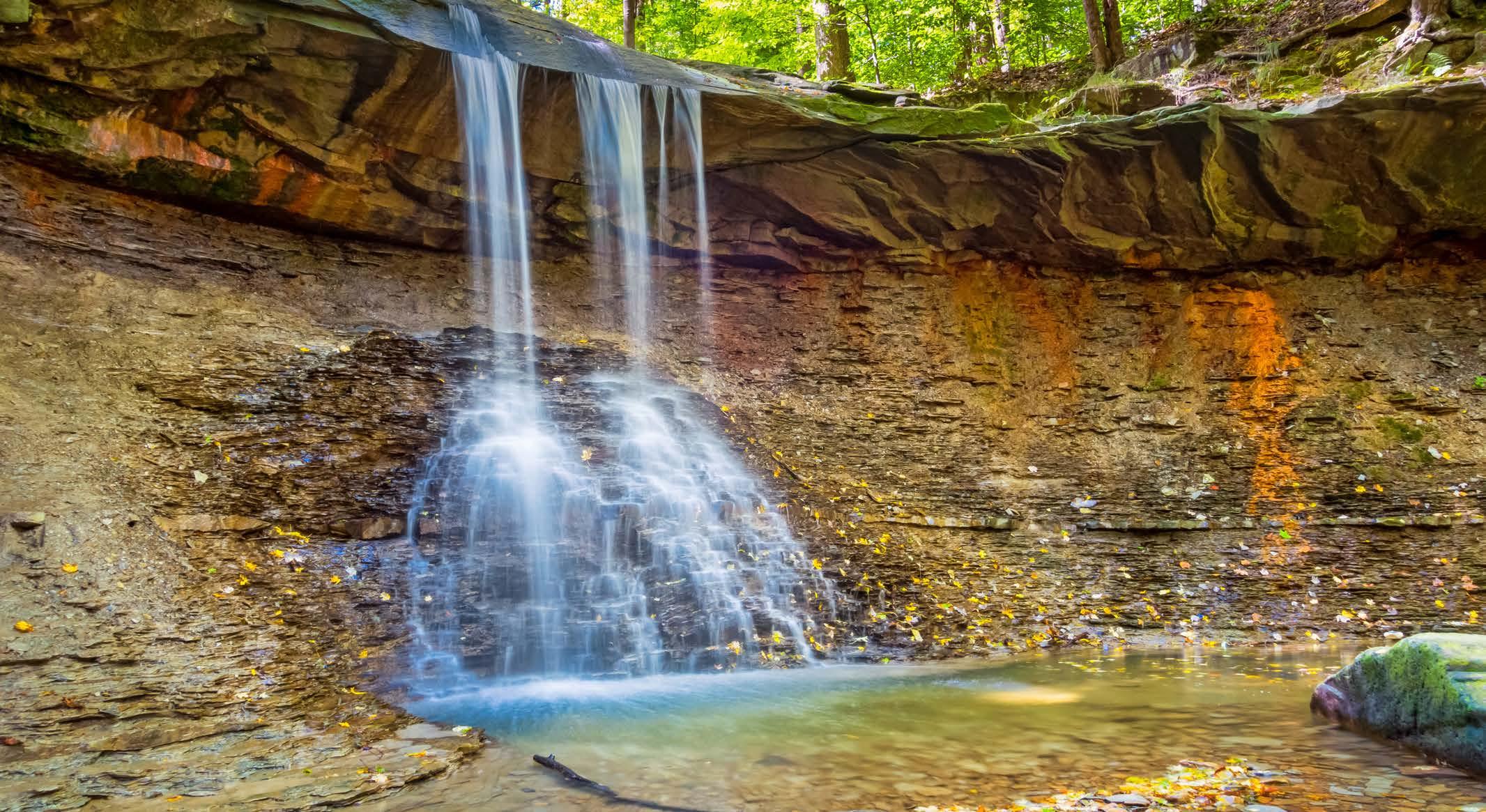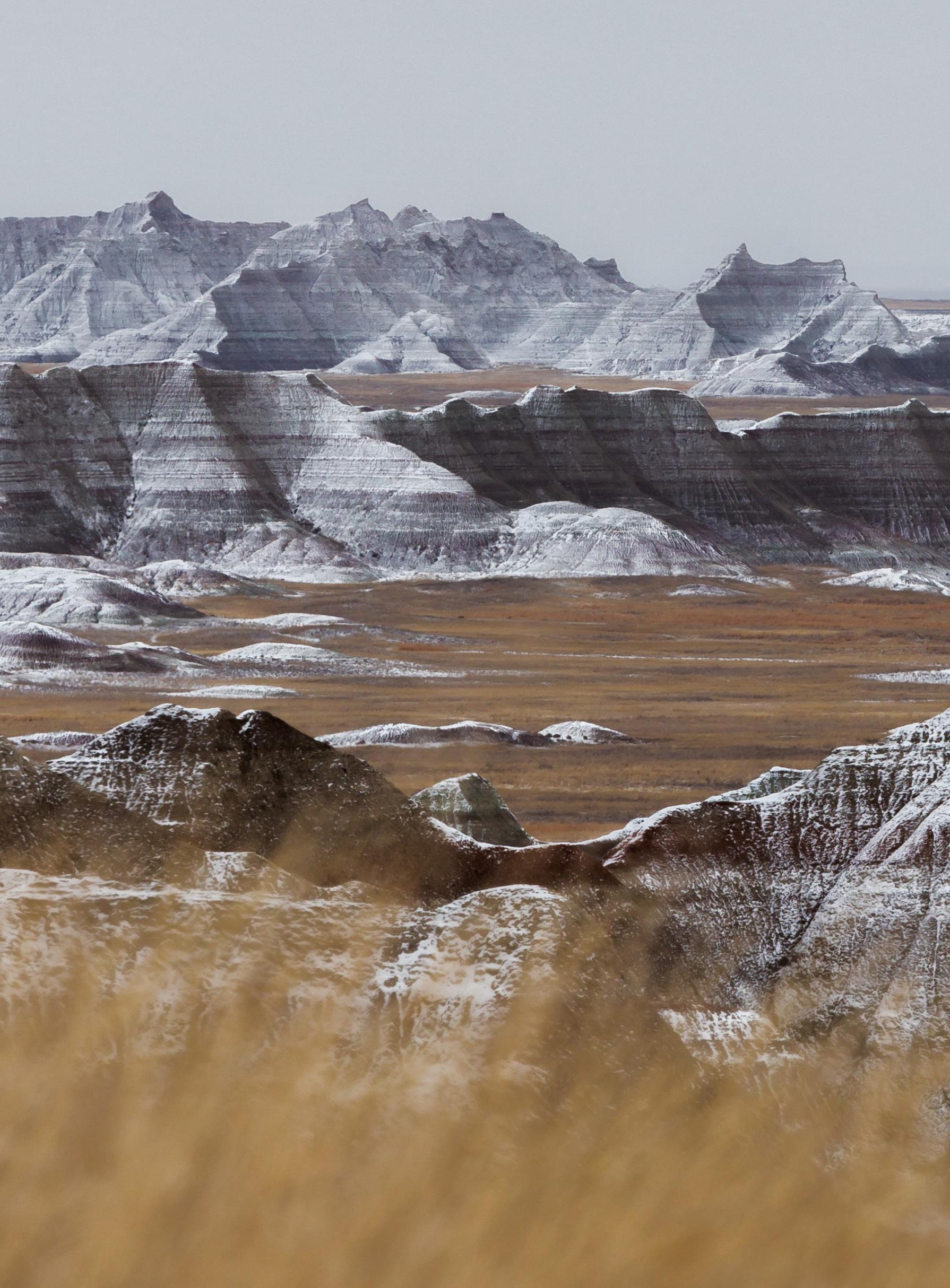
2 minute read
Cuyahoga Valley National Park
About The Park Location
Along the Cuyahoga River, between Cleveland and Akron
ESTABLISHED
December 27, 1974
AREA
33,000 acres
Set along the winding Cuyahoga River, between the urban Ohio cities of Cleveland and Akron, Cuyahoga Valley National Park offers over 125 miles of hiking trails, not to mention a chance to ride on the Cuyahoga Valley Scenic Railroad, a unique way to experience its natural beauty.
With over 12,000 years of human occupation, Native Americans were the first inhabitants, building villages before Europeans established trading posts and New England settlers decided to stay. While the Native American villages, pioneer settlements and canal worker communities no longer exist, remnants throughout the park offer insights into the past.
The 22-mile stretch of river — a riparian habitat — is but one element of the park, joined by deciduous mixed mesophytic forests and wetland habitats.

The Flora And Fauna
The park has 900 resident plant species, in addition to well over 200 bird species, 32 mammal species, 91 species of aquatic macroinvertebrates, 43 varieties of fish, 22 types of amphibians, and 20 reptile species. Featuring two distinct geographic regions — the Appalachian Plateau and the Central Lowlands — 33,000-acre Cuyahoga Valley welcomes coyotes, red and gray foxes, bats, chipmunks and squirrels, along with deer, beavers and muskrats.
The northern copperhead, endangered spotted turtle and 28 bird species designated “of concern” populate the landscape, too. Look overhead to spot bald eagles or peregrine falcons. Additionally, there are three heronries within.
A stroll through the forests and fields reveals many of the park’s 943 plant species, be it bloodroot and spring beauty on the forest floor or late summer stands of goldenrod and wingstem that line roadways.
The Weather
Warming springs and humid summers, ranging from 49 F to 95 F, make layering one’s attire a must. Fall temperatures can vary significantly, too, ranging from the low 70s F during the day to freezing at night. Winter weather has the potential to change rapidly on account of lake effect snow from Lake Erie, when temperatures hover between the mid-30s F to below zero.
Check the park’s website for current conditions and closures.
THE HIKES, DRIVES AND VIEWPOINTS
Ledges Trail
Offering the best panoramas of the park — including of its sandstone layered rock “ledges” — the 2.3-mile Ledges Trail takes you through mossy passageways and to an overlook with views for miles.
Brandywine Gorge Trail
A 1.4-mile loop near the town of Hudson, the Brandywine Gorge Trail, when taken clockwise, takes you down into the gorge, back up the other side, over the falls and to a viewing boardwalk to see it plummet and hear its roar.
Stanford Trail
Consider taking the 3.9-mile Stanford Trail, one of the most popular in the park, to see the historic 1843 Stanford House, a raised, three-bay barn.
Blue Hen Falls Trail
Mostly made of dirt, the 2.4-mile Blue Hen Falls Trail — via the Buckeye Trail from Boston Mill — begins with a 200-foot climb and zigzags through the forest before descending to the picturesque waterfall. Expect a steep, 580-foot change in elevation.

PINE GROVE & FOREST POINT TRAILS
Combine the Pine Grove and Forest Point Trails for a familyfriendly, 2.7-mile trek through wooded deciduous greenery, hemlocks and a stippling of wildflowers swaying amid switchgrass.
Riverview Road Scenic Drive
Looking for a pretty drive? Riverview Road Scenic Drive — or County Road 9 — extends nearly 20 miles through the park, revealing some of its greatest vistas. Picnic areas, waterfalls and visitors centers are accessible just off the route. You can also park and take a ride on the Cuyahoga Valley Scenic Railroad; its tracks are visible from the road.











